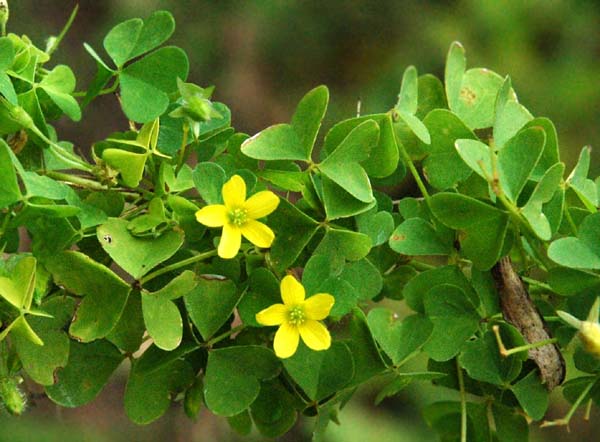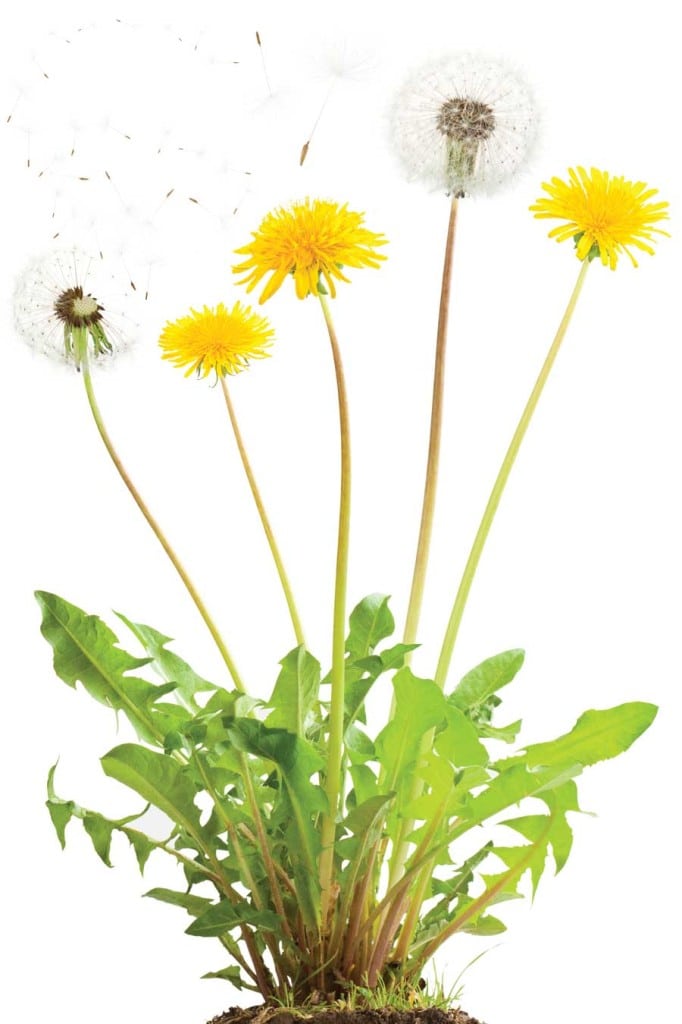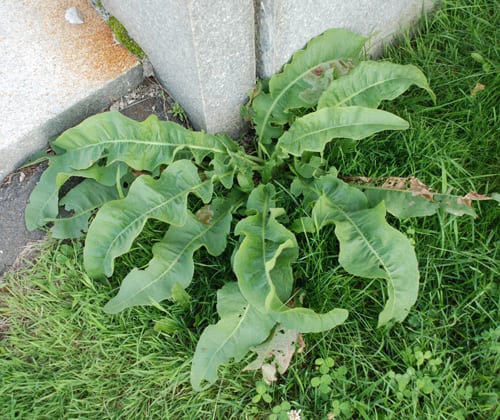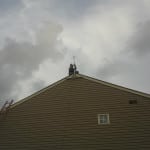There’s a romantic vision of being able to be your own Bear Grylls or Les Stroud; heading out into the wilderness and surviving off the land. You are hiking through the bush and finding all sorts of exotic wild edibles to make your next meal. Thinking in this mindset, most individuals who start to engage with wild edibles start the pursuit by heading off into the woods with a field guide, and paging through as they come across all sorts of plants. However, is this the right approach for a beginner?
My personal perspective is no… In reality, your pursuit of wild edibles as a beginner won’t be so dramatic. In fact, the place you should start your adventure is your own yard! However, when a feast of wild edibles otherwise known as “lawn weeds” are presented to this type of beginner, they are turned off. It is as if the there is a hunger of wild edible knowledge that isn’t satisfied by “dull & boring” dandelions and clover. Instead these beginners would rather explore more unique plants called lesser celandine, jewel weed, and others. Identifying these less common-knowledge plants presents these beginners with something that makes them feel above the rest; a kind of semi-sacred knowledge.
As a matter of fact, don’t you recognize this phenomenon frequently in life – going bigger and better than what their skill level is? A beginner motorcyclists buys the 1000cc sport motorcycle rather than starting off on a 250cc starter bike, a beginner shooter buys the rifle with the cool red dot scope rather than mastering the iron sites, etc.
Beginner Survival Foraging
If SHTF and you needed to forage on wild edibles, wouldn’t you be looking for what’s most common in your area and in close proximity? The simple answer is yes! Now I must admit, finding those less common edibles in the forest or other places are like little gems, but they will not make up the majority of your harvest.
First things first – Buy a field guide!
Below is a list of books that I personally started out with. I’ve ordered them in priority of purchase:
- Edible Wild Plants: Wild Foods From Dirt To Plate (The Wild Food Adventure Series, Book 1) – This is the best beginner book for edibles that are easy to find and tasty. Keep in mind that overall, some wild edibles taste great, some are just plain palatable, and some will taste awful. However, in a survival situation, you’re looking for nutrients and calories.
- Edible Wild Plants: A North American Field Guide to Over 200 Natural Foods OR
A Field Guide to Edible Wild Plants: Eastern and central North America (Peterson Field Guides)
Both of these guides are great in that they have a wide variety of edibles, including the ones scattered all across your yard. However, you will not find as much detailed descriptions or HD images as those in the previous book.
Seek out those to help verify the identity of edibles
If you can, find a group that you can learn wild edibles with. If you’re local to the Cincinnati Tri-State area, seek out our wild edible walks at our Networking Site. If you can’t find another individual to verify your identities, there are always forums available where you can post pictures of the plants you’ve collected. One such forum I’ve used is Eat The Weeds. While there are plenty of edibles out there for you to harvest, there are a handful that are deadly toxic. If you have the slightest hesitancy on an identification, do not eat it. Be safe and wait for confirmation.
Feel free to identify plants anywhere, but be weary of eating some
Although plants in your yard or on the side of the road might be edible, be weary of munching down on them right away. The side of roads, sidewalks, and lawns are usually treated with weeding chemicals. You may not see them while you’re at work, but trust me…cities and counties have trucks going up and down the roads spraying some nasty stuff.
Enjoy!
Here’s a couple of wild edibles that you can get started with. You can find them all around your yard as well. After you’ve got your field guide, look for these weeds and positively identify their characteristics. In order of favorable taste in my opinion:
Wood Sorrel – Pleasant sour tasting edible that shows up throughout summer. Find by it’s characteristic shamrock or heart shape.
Chickweed – A mild green that sprouts up in early spring. There is a toxic look alike called scarlet pimpernel. The toxic variety is easily identified as it has red spots on the underside of its leaves, and it’s flowers are red or purple colored as opposed to the white chickweed flowers.
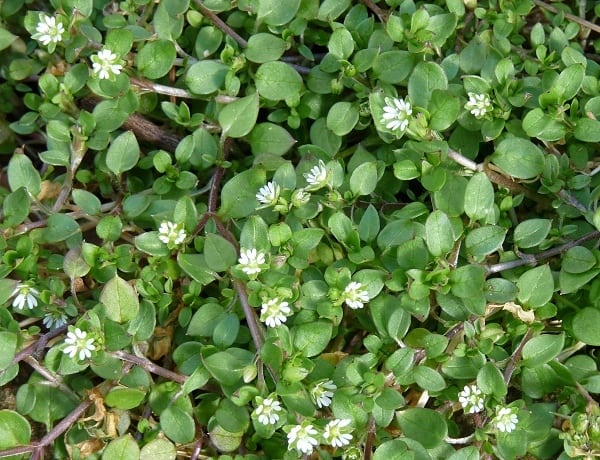
Dandelion – A bitter green that is best boiled before eating. With the right recipe, you can make wine, coffee, or salads from this green. I’ve personally made a dandelion root coffee and found it delicious (slight caramel / chocolate taste).
Curly Dock – This is a very common weed that has a long tap root and curley/wave leaf margins. You can find it in spring through fall. If you boil the leaves, they turn an olive drab color with a taste similar to spinach. During the late summer/fall, the red seed pods can be ground down into a fiber rich flour.
Red or White Clover – While the leaves are not particularly palatable, the flowers are quite enjoyable. You can find red or white clover all through spring and summer.





